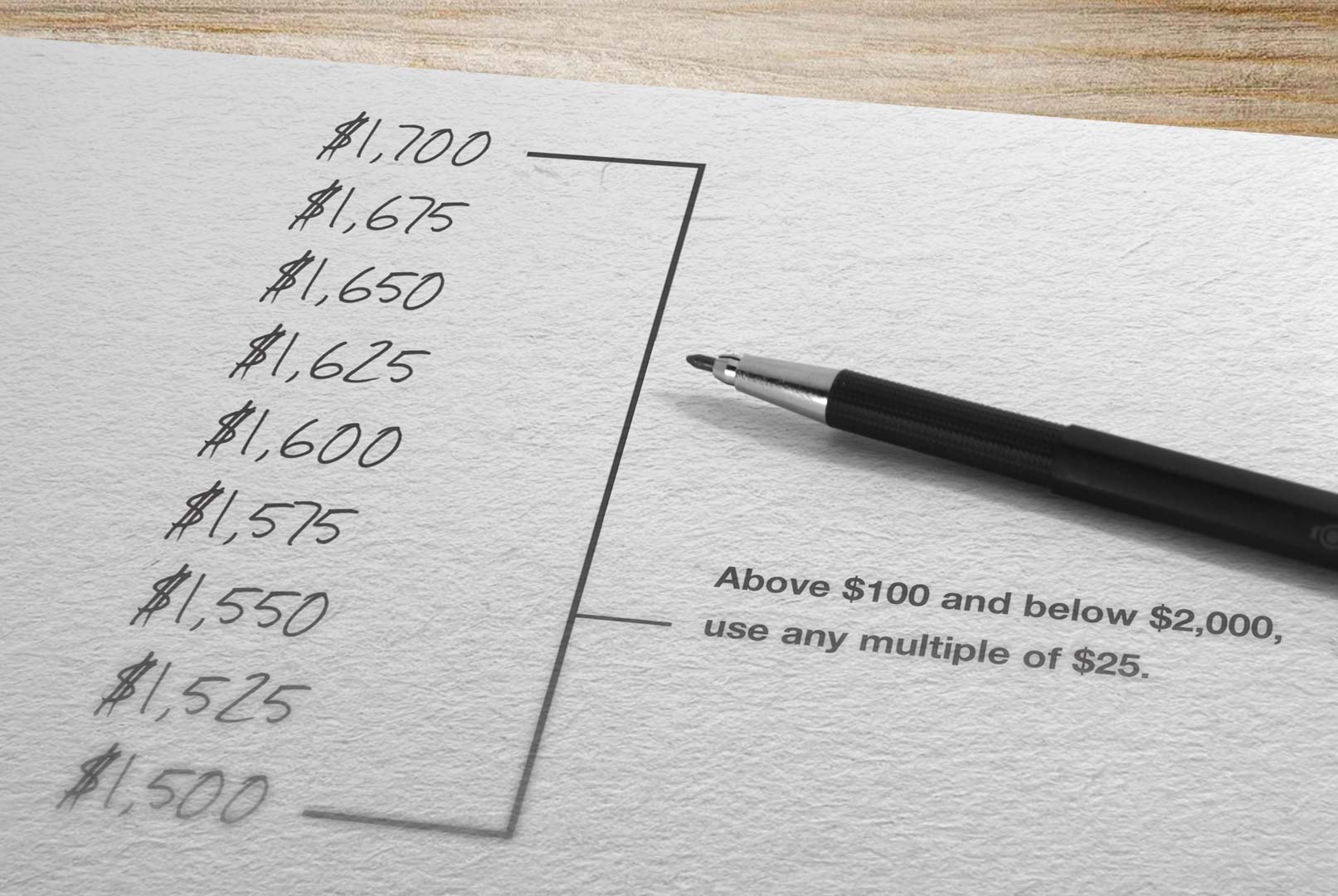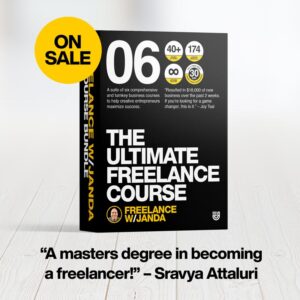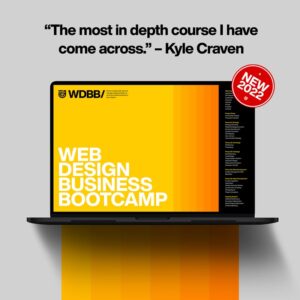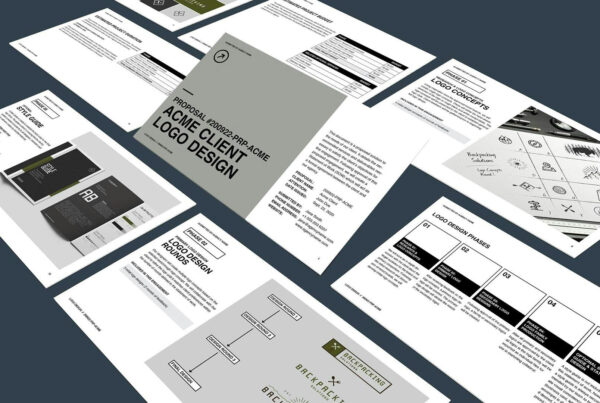Walking through the aisles of your local supermarket, you will find plenty of products with odd number prices: a gallon of milk for $2.99, a loaf of fresh baked bread for $3.99, or perhaps a small bag of chips for $1.99. For decades, products have been priced this way based on something called “the left-digit effect.” The mentality behind the left-digit effect is that using a number ending in nine rather than zero changes the left most digit. For example, if a product is priced at $2.99 rather than $3.00, then there is only a difference of $.01, but the perceived price is $1.00 cheaper because the left-digit changed from a three to a two.
 One could argue that most consumers are savvy enough to see through this pricing game and clearly see the $2.99 price tag as costing $3.00. Yet, I find myself using this very same tactic when I add to my collection of digital movies on my Apple account. I tell my wife that a movie was on sale for $9.99 (the exact price), rather than saying it was $10.00 (the price when rounded up by one cent). Of course, she sees through my pricing charade, but, psychologically, we all feel a tad better about the $9.99 price.
One could argue that most consumers are savvy enough to see through this pricing game and clearly see the $2.99 price tag as costing $3.00. Yet, I find myself using this very same tactic when I add to my collection of digital movies on my Apple account. I tell my wife that a movie was on sale for $9.99 (the exact price), rather than saying it was $10.00 (the price when rounded up by one cent). Of course, she sees through my pricing charade, but, psychologically, we all feel a tad better about the $9.99 price.
Even though this tactic is popular, there is another school of thought that consumers actually prefer round numbers in pricing. A quick online search with the terms “pricing with whole numbers” will reveal numerous articles and studies that support this concept. One such article reveals that rounded prices, like $300, encourage the consumer to purchase based on feelings, whereas irregular, non-rounded prices, like $297.50, require the consumer to make a purchase decision based on reasoning whether it is a good deal, or not. (This Number Just Feels Right: The Impact of Roundedness of Price Numbers on Product Evaluations, Monica Wadhwa and Kuangjie Zhang, Journal of Consumer Research, Vol. 41, No. 5, February 2015, pp. 1172-1185, Published by Oxford University Press.)
For better or worse, most businesses make marketing related decisions based on what “feels right” to them, including the decision as to which agency to hire. The goal when pricing our work is to have the clients say to themselves, “Yes, that price feels right to me.”
All that being said, graphic designers are not selling eggs and I don’t believe in playing games by pricing creative services with nines at the end (e.g., Get your logo design, just $5,999! Today only!)
However, based on my experience, I believe that a price of $1,750 stands a better chance of being approved than $2,000. This is not based on the belief that a client will perceive the $1,750 as actually costing $1,000 (as with left-digit pricing), but rather, clients tend to have budgets with whole numbers. If a client has a budget of $2,000 for a project and your price is $1,750, the client has a perceived victory right at the start of the project by saving some of their budget for future needs.
Additionally, in a competitive bidding situation where you are going head to head with other creative agencies or freelancers to win a project, a price of $1,750 against a client budget of $2,000 has a better chance of being lower than some of your competitor’s prices simply due to the fact that you are below budget.
Mixing a little bit of the left-digit effect with the importance of honest and straightforward, whole number pricing, I propose rounding your prices based on increments proportional to the overall size of the price. Lower priced projects use lower rounded price multiples. Higher priced projects use higher rounded price multiples. Here are some guidelines to follow.
Rule 01: Above $100 and below $2,000, price your project using any multiple of $25
If your project price is above $100 and below $2,000, use any multiple of $25 for the price you present to your client.
For example, if you are pricing the design of a banner ad for one of your clients and you have determined that you should charge a price between $1,500 and $1,700 for the work. Using these guidelines, you would choose any price with a multiple of $25 since your price range is above $100 and below $2,000. This could be $1,525, $1,650, $1,675 or any other multiple of $25 within your predetermined price range. (We should avoid prices that are not multiples of $25, like $1,599 and $1,628.)
Rule 02: Above $2,000 and below $10,000, price your project using any multiple of $50
Let’s examine the next pricing tier. If your project price is above $2,000 and below $10,000, use any multiple of $50 for your prices. Below are several examples of prices that match this recommendation.
Using these guidelines, if you have decided to charge your client between $3,000 and $3,500 for the design of a tri-fold brochure, you would choose any number that has a multiple of $50 for your final price. For example, $3,250, $3,350, $3,400 or any other multiple of $50. (You would not choose $3,399, $3,325, $3,407 or any other number that is not a multiple of $50.)
Rule 03: Above $10,000, price your project using any multiple of $250
Finally, if your project price is above $10,000, use any multiple of $250 for your prices.
With this standard as your guide, if you were pricing a website project in a range between $22,000 and $25,000, you would choose any price that is a multiple of $250. For example, a final price of $22,250, $23,000, or $24,500 would be an appropriate choice. (You would not choose $23,225, $24,999, $22,777 or $22,889 because they are not multiples of $250.)
Much of our success comes from building a relationship of trust with our clients. Being straightforward in your pricing decisions is a great step toward building the right relationship with your customer.






